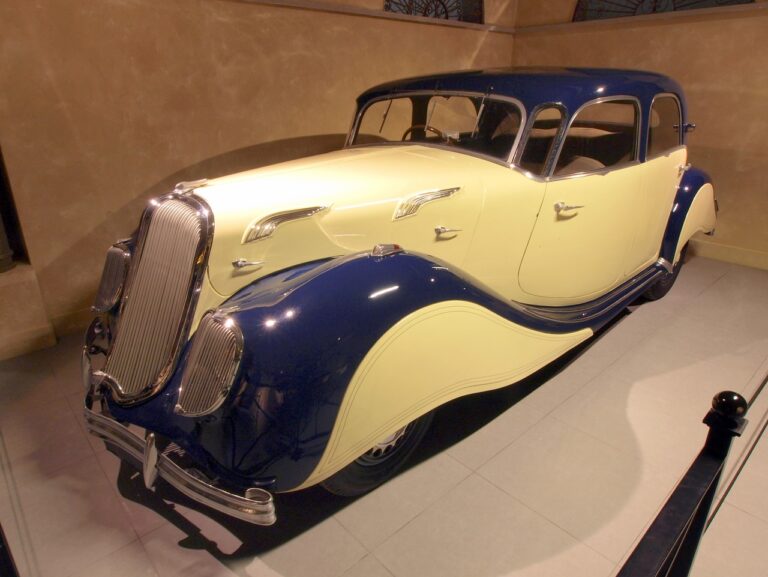The Evolution of Aerodynamics in Car Design
Aerodynamics is the study of how air flows around objects and the forces that this movement generates. This field plays a crucial role in various industries, including automotive, aerospace, and sports. Understanding the key concepts of aerodynamics is essential for optimizing the design and performance of vehicles, aircraft, and other structures.
One of the fundamental principles of aerodynamics is the concept of drag, which refers to the resistance that air exerts on a moving object. Minimizing drag is vital for enhancing speed and fuel efficiency in vehicles and aircraft. Another essential concept is lift, which is the force that enables airplanes to overcome gravity and stay aloft. By manipulating airflow and lift, engineers can achieve greater stability and maneuverability in their designs.
Early Innovations in Car Design
In the early days of automotive history, car designers were faced with the challenge of optimizing the aerodynamics of their vehicles. One of the key innovations during this time was the introduction of the teardrop shape in the design of cars. This aerodynamic form helped reduce drag and improve fuel efficiency, making cars more streamlined and faster on the road.
Another significant innovation in early car design was the implementation of the use of spoilers and air dams. These features were strategically placed on cars to disrupt the airflow around the vehicle, reducing lift and improving stability at high speeds. By incorporating spoilers and air dams into their designs, car manufacturers were able to enhance both the performance and safety of their vehicles.
• The introduction of the teardrop shape in car design helped reduce drag and improve fuel efficiency
• Spoilers and air dams were implemented to disrupt airflow, reducing lift and improving stability at high speeds
• These features enhanced both performance and safety of early cars
Impact of Aerodynamics on Performance
Having a strong grasp of aerodynamics is crucial in optimizing the performance of vehicles, be it in terms of speed, fuel efficiency, or stability. By understanding how air interacts with the vehicle’s shape, engineers and designers can manipulate airflow to reduce drag, improve downforce, and enhance overall aerodynamic efficiency. These advancements not only benefit race cars aiming for higher speeds on the track but also everyday vehicles seeking improved fuel economy and handling.
Efforts to refine aerodynamics have led to significant breakthroughs in the automotive industry, with innovations like active spoilers, diffusers, and air dams becoming common features in modern vehicles. These design elements work together to minimize air resistance, increase traction, and enhance overall maneuverability. As technology continues to advance, the integration of aerodynamic principles in car design will play a pivotal role in improving performance, efficiency, and sustainability in the automotive sector.
What are some key concepts in aerodynamics?
Key concepts in aerodynamics include drag, downforce, lift, and airflow management.
How have early innovations in car design impacted aerodynamics?
Early innovations in car design, such as the addition of spoilers and diffusers, have helped improve aerodynamics and overall performance of vehicles.
How does aerodynamics impact the performance of a vehicle?
Aerodynamics plays a crucial role in the performance of a vehicle by affecting its speed, fuel efficiency, stability, and handling.
What are some common aerodynamic features found in modern cars?
Common aerodynamic features found in modern cars include air dams, underbody panels, rear spoilers, and streamlined body shapes.
How can improving aerodynamics benefit a vehicle?
Improving aerodynamics can lead to increased fuel efficiency, higher top speeds, better handling, and overall improved performance of a vehicle.







